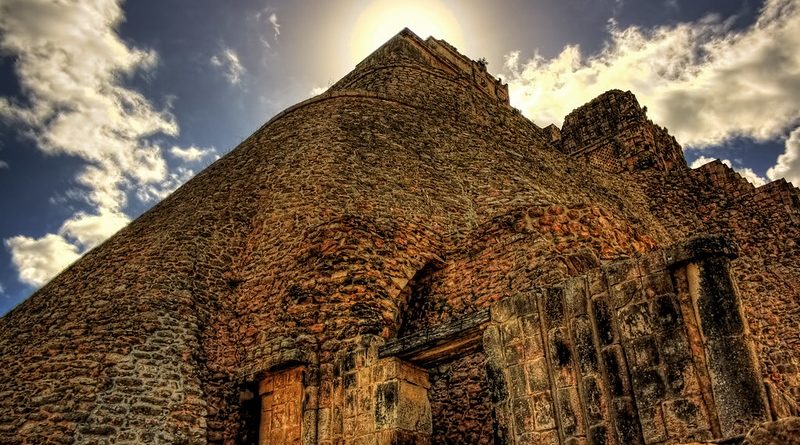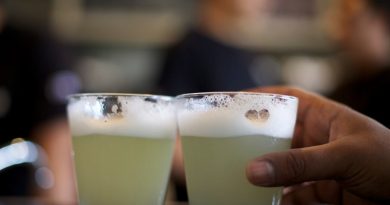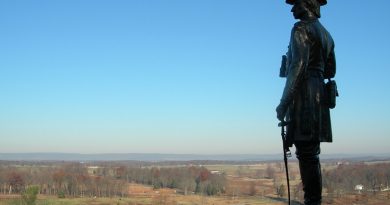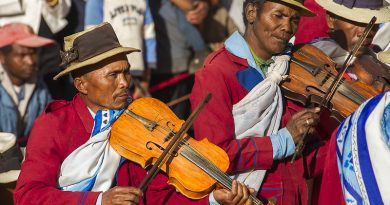Looting the Maya
In the village of Uaxactun, near the ancient Maya ruins of Tikal, is a now disused grass airstrip. Built and operated by the US chewing gum company Wrigleys, between the 1920s and 1960s it was busy with planes flying out natural gum collected from wild chicle trees found in the surrounding forest. It was a big, profitable business while it lasted, but during the 1960s Wrigleys and other chewing gum companies discovered that they could use synthetic, man-made gum, which was much cheaper to make than wild chicle was to source from the forest, so the trade stopped.
As a result, villagers here and elsewhere in the surrounding jungle had to turn to other sources of income. Between the 1960s and 1980s especially, many locals turned to looting the ruins of the numerous ancient Maya cities that were lost in the remote jungle, undiscovered by archaeologists, and selling the looted artworks they dug up to unscrupulous art dealers from the US in particular.
Fortunately, illegal looting has been clamped down on in recent decades, although too late to save many spectacular ancient Maya treasures from being dug up and divorced from their context, and the sites from which they came substantially destroyed.
In Uaxactun today, you can visit a fascinating small, local museum, run by villager Neria Herrera, which displays many beautiful ancient Maya artefacts that were discarded decades ago by looters as being insufficiently valuable to bother exporting them for profit.
It’s a useful reminder of the destruction still caused by looting of Maya archaeological sites in other, even more remote parts of the Guatemalan rainforest.




